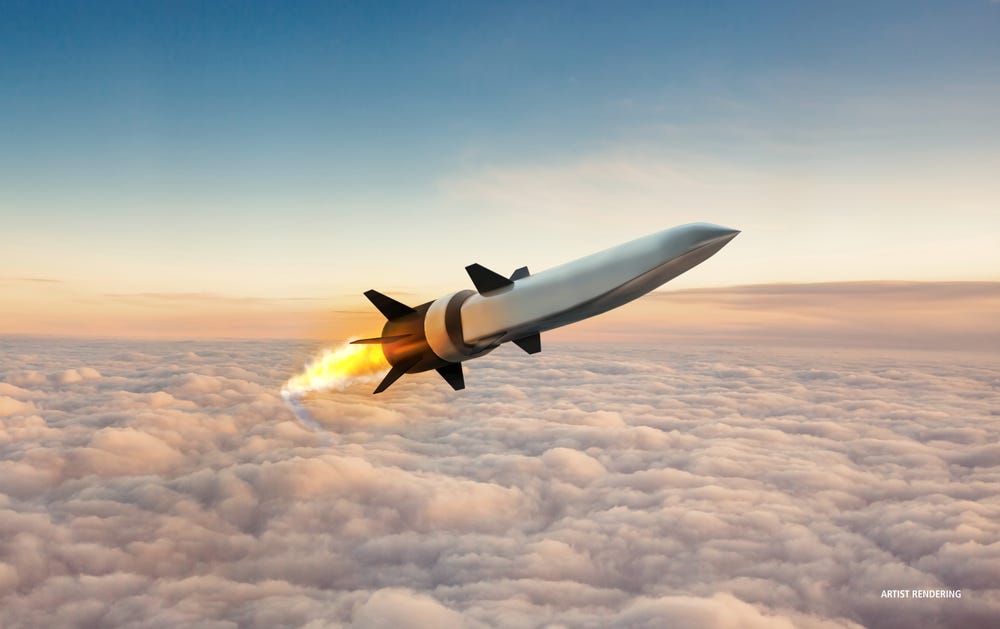According to media reports from Washington, the Biden administration wants to engage China in talks on arms control and non-proliferation. U.S. President Joe Biden and Chinese leader Xi Jinping discussed the issue during their recent virtual summit, reports Christoph Bluth of The Conversation. The issue has not previously been high on the agenda in talks between the two countries, but China’s recent test of a hypersonic missile that can attack multiple targets in flight has lent a new urgency to U.S. defence thinking. At the same time, Russia’s recent test of a Tsirkon hypersonic cruise missile from a submarine in the north of the country has focused U.S. military planners on the prospect of America falling behind its two superpower rivals in what some are seeing as a new arms race. Hypersonic missiles are often defined as missiles launched by a rocket into Earth’s upper atmosphere at speeds of Mach 5 and above (five times the speed of sound, or 6,174 kilometers per hour), before maneuvering toward a target. Several countries already have intercontinental ballistic missiles (ICBMs) that travel as fast or faster, but these cannot change trajectory once launched. The new generation of hypersonic missiles are equipped with glide vehicles that approach their targets at high speed in the final phase of flight. Russian president Vladimir Putin announced as long ago as 2007 that his country had developed a new technology for ballistic missiles, which he referred to as “hypersonic missiles.” Fom 2015, Russia has been testing new glide vehicles, called Avantgard, that are mounted on intercontinental missiles and can reach speeds of 7,000 km/h when approaching their targets. Putin said this was a means to counter U.S. missile defence systems, developed after the withdrawal by the Bush administration from the Anti-Ballistic Missile Treaty in 2001. The latest Chinese tests involved not only a hypersonic glide vehicle, but possibly a “fractional orbital bombardment system” that enables the release of various payloads in flight prior to entering the atmosphere, enabling multiple targets to be reached that can be very far apart from each other. If successful, this would give China a new capability to approach the U.S. mainland from the south. That matters, because American early-warning systems and missile defences are primarily oriented toward tracking ballistic missiles entering the atmosphere from a northerly direction, based on the expected path of Russian ICBMs. The strategic significance of hypersonic weapons technology has been exaggerated. Hypersonic missiles do not constitute a “game changer” in offensive military capabilities. The nuclear strike forces of the U.S., Russia, and China already rely on intercontinental ballistic missiles that travel at 20 times the speed of sound. The difference now is that shorter-range missiles can also achieve hypersonic speeds inside the Earth’s atmosphere. The key issue is that U.S. defence capability is not designed to deal with a substantial strike from Russia or China. It is primarily built to counter small salvos of missile launches from “rogue states” such as North Korea and Iran. The U.S. relies on a robust offensive strike capability as a deterrent to prevent a nuclear attack from Russia or China.
https://phys.org/news/2021-11-hypersonic-missiles-fuelling-superpower-arms.html


